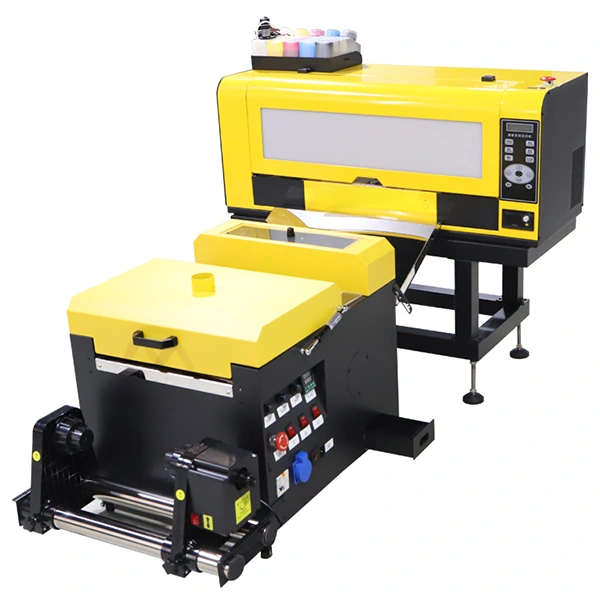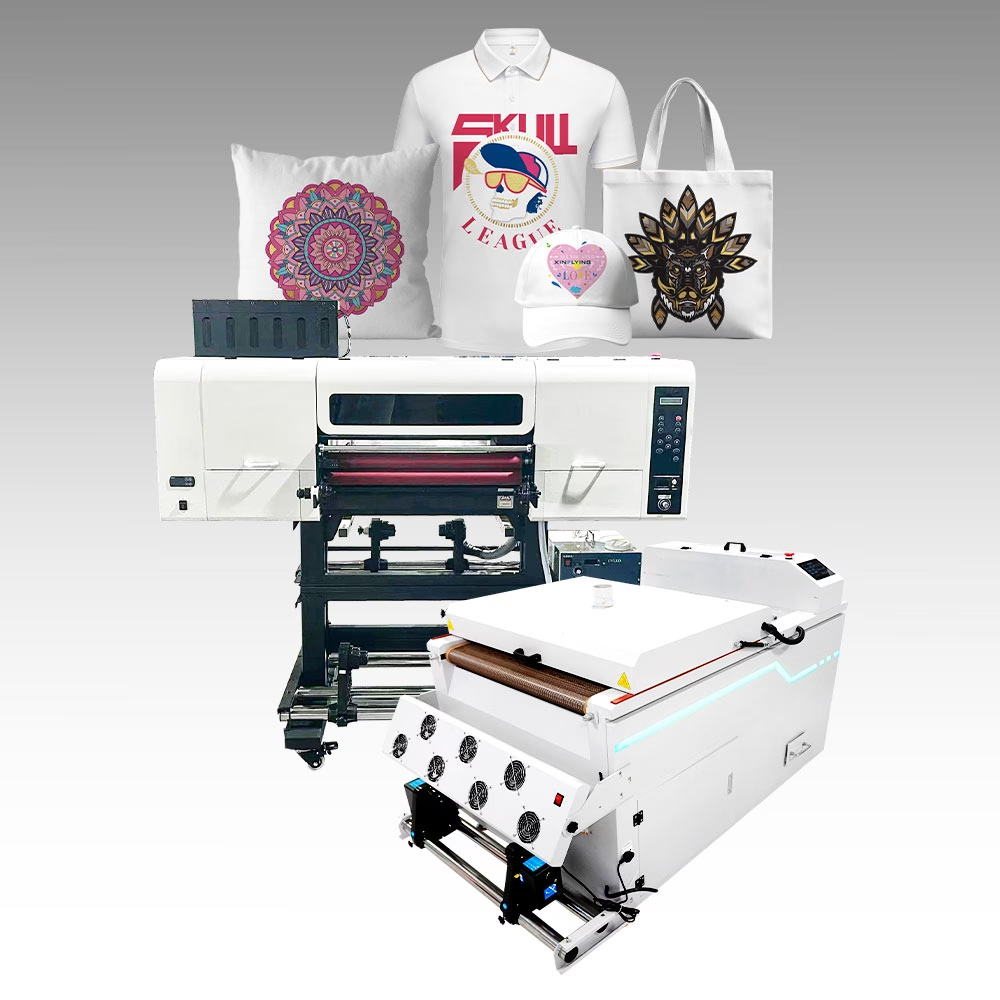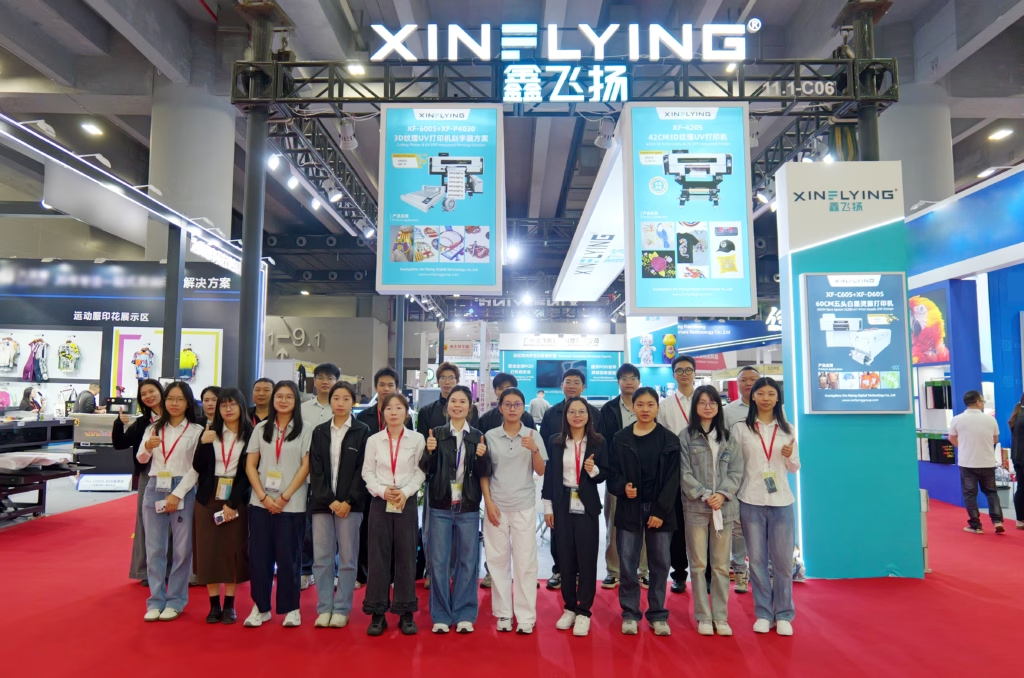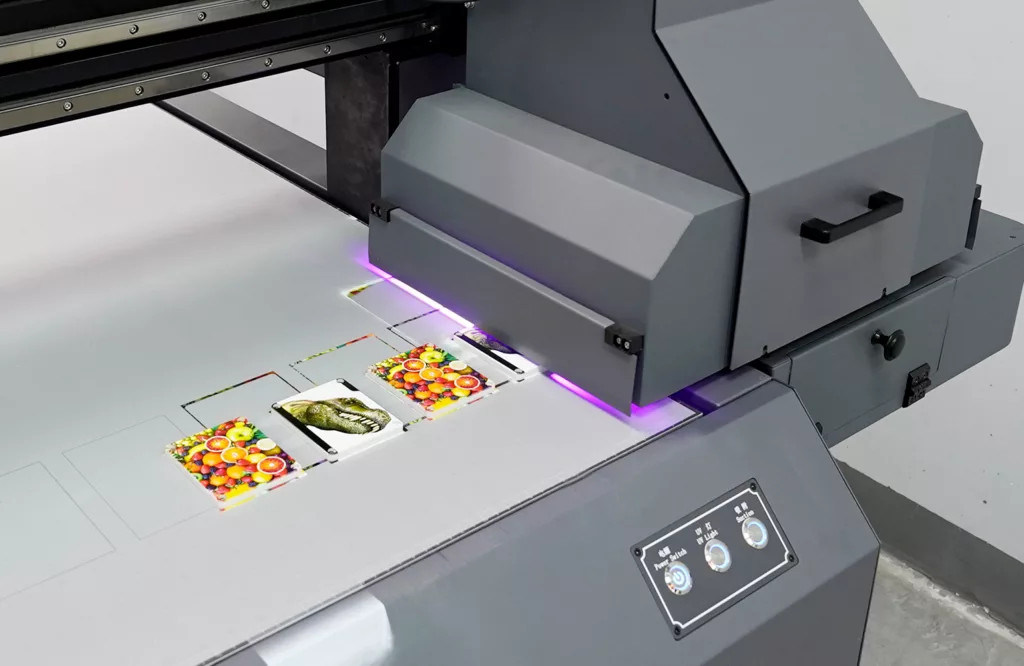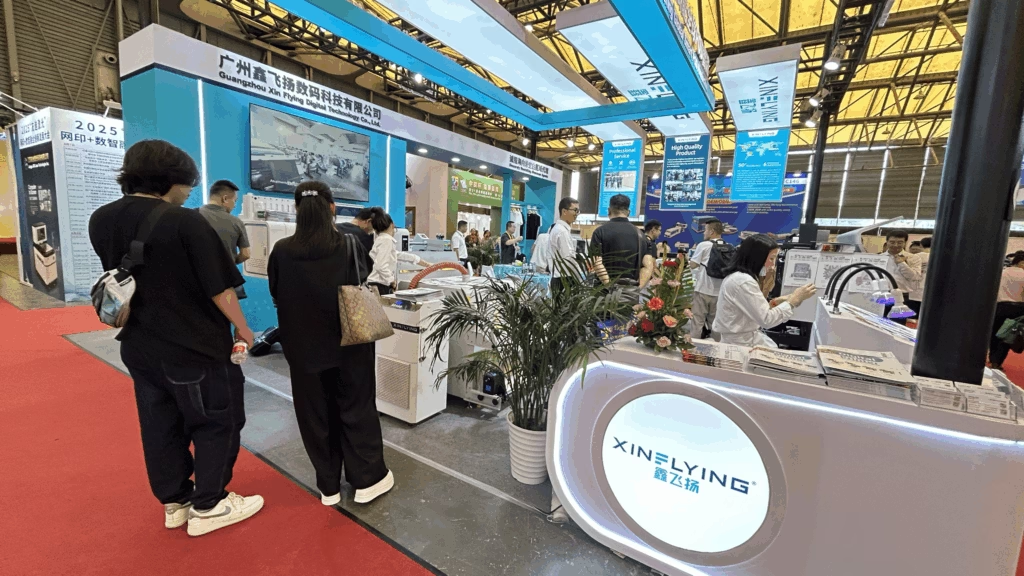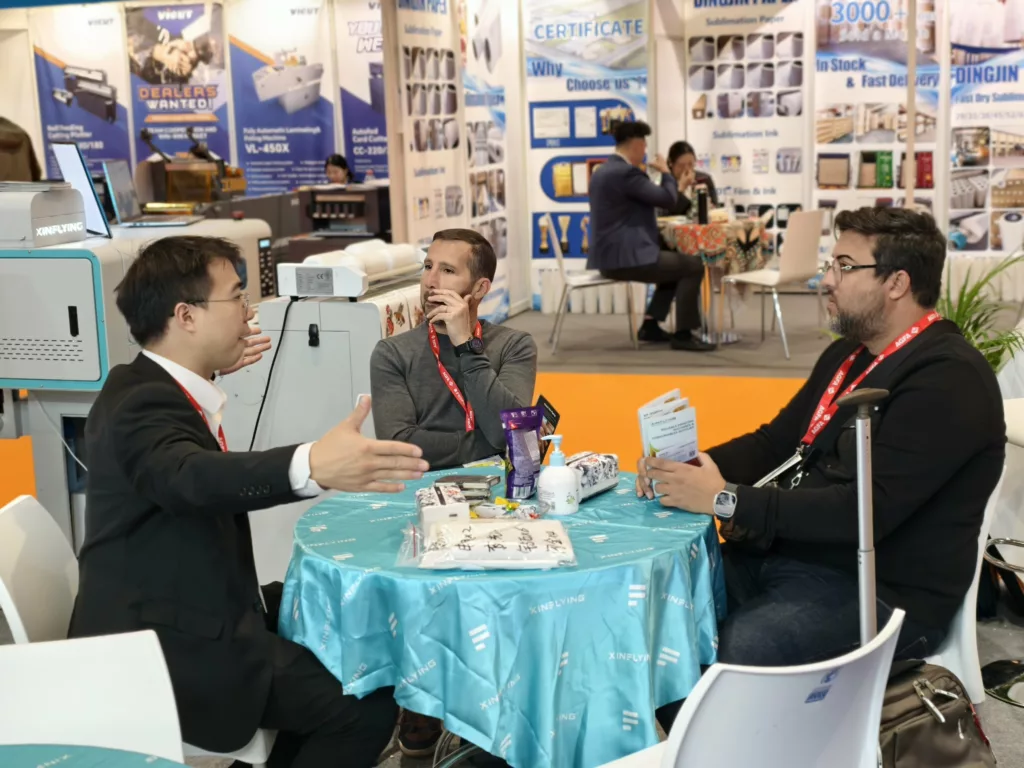직물에 대한 디지털 인쇄 란 무엇입니까??

원천: 섬유 포커스
디지털 섬유 인쇄는 현대적인 방법입니다 디지털 잉크젯 기술을 사용하여 다양한 유형의 직물에 다채로운 디자인 인쇄. 이 기술은 섬유에 디자인을 정확하고 쉽게 인쇄 할 수 있습니다., 섬유 산업에서 가장 유망한 발전 중 하나. 디지털 섬유 인쇄, 색상 제한 또는 화면 요구 사항이 없습니다, 그리고 섬유 인쇄에 대한 수요가 증가 할 수있는 끝없는 가능성을 제공합니다.. 이 기술은 3D 디자인을 인쇄하는 데 적합합니다, 그리고 티셔츠와 같은 의복에 직접 인쇄하는 데 사용될 수 있습니다., 셔츠, 그리고 청바지, 직물 외에도.
직물에 대한 디지털 인쇄는 최근 몇 년 동안 인기를 얻었습니다. 다재, 비용 효율성, 그리고 고품질의 생생한 디자인을 생산하는 능력. 또한 인쇄 프로젝트의 크기와 규모 측면에서 더 큰 유연성을 제공합니다., 소량으로 맞춤형 디자인 인쇄 허용. 뿐만 아니라, 직물에 대한 디지털 인쇄, 에너지 소비, 그리고 낭비.
직물 인쇄기 유형

원천: ordnur
승화 프린터
승화 인쇄 특수 염료 공개 잉크를 사용하여 특수 용지에서 패턴을 인쇄하는 과정입니다..
사용 된 잉크를 호출합니다승화 인쇄 잉크, 열과 압력에 노출되면 고체에서 가스로 변합니다., 및 기판 재료와 결합하여 영구적 인 이미지를 생성합니다.
승화 인쇄지 출혈이나 번지없이 잉크를 전달할 수있는 특수 코팅이있는 열 내성 용지입니다.
이 프린트는 오래 지속되며 갈라지지 않습니다, 시간이 지남에 따라 페이드 또는 껍질을 벗기십시오. 짧은 달리기에 적합하며 매우 상세한 디자인을 허용합니다.. 자세한 정보, 참조하십시오승화 인쇄기 제조업체에스.
DTG 프린터
DTG 인쇄 잉크젯 프린터를 사용하여 수성 잉크를 직물에 직접 적용합니다.. 프로세스는 비교적 간단하며 고가의 설정이 필요하지 않습니다..
DTG 인쇄는 소규모 실행 및 사용자 정의 주문에 이상적입니다., 스크린이나 플레이트없이 일회성 디자인을 수용 할 수 있으므로. 이 기술은 잘 확립되어 있으며 많은 우수합니다DTG 프린터 회사 고품질을 인쇄 할 수있었습니다, 풀 컬러 이미지 직접 패브릭에 직접 이미지.
DTF 프린터
DTF 인쇄 DTG 인쇄와 유사한 비교적 새로운 인쇄 기술입니다.. DTF 인쇄는 디자인을 열 감지 필름에 인쇄 한 다음 열 프레스를 사용하여 직물에 전달되는 특수 프린터를 사용합니다., 호출됩니다 DTF 인쇄 필름.
DTF 인쇄 잉크 일반적으로 액체 캐리어에 미세하게 분쇄되고 매달린 안료로 제조됩니다.. 이를 통해 DTF 프린터가있는 전송 필름에 잉크를 인쇄 한 다음 열 프레스를 사용하여 직물로 옮길 수 있습니다..
DTF 프린터 파우더 일반적으로 열가소성 중합체로 구성되며 전달 필름과 직물 사이에 강한 결합을 생성하도록 설계되었습니다.. 접착제 분말, 전문 유형입니다, 잉크가 인쇄 된 후 전송 필름에 적용됩니다..
DTF 인쇄는 다양한 직물에 고품질 인쇄물을 생성 할 수 있습니다, 면을 포함하여, 폴리에스테르, 그리고 블렌드, 어두운 색의 직물을 인쇄하는 데 특히 유용합니다. 하지만, 프로세스는 시간이 많이 걸리고 DTG 인쇄에 비해 여러 단계가 포함됩니다.. 많은 훌륭한 것이 있습니다DTF 프린터 공급 업체시장에 S, 그리고 그들 중 일부는중국의 DTF 프린터 제조업체.
다른 직물에서 인쇄

원천: Unsplash
명주
실크에 인쇄는 다양한 방법으로 수행 할 수 있습니다., 포함 스크린 인쇄, 디지털 인쇄, 그리고 염료 승화.
스크린 인쇄는 스텐실을 통해 직물에 잉크를 누르는 것을 포함하는 전통적인 방법입니다., 디지털 인쇄는 특수 잉크젯 프린터를 사용하여 직물에 직접 잉크를 적용합니다..
염료 승화는 열과 압력을 사용하여 염료를 실크 직물로 옮기는 열전달 공정입니다..
각 방법에는 장점과 단점이 있습니다, 디지털 인쇄가 가장 다재다능하고 복잡한 디자인에 적합합니다., 염료 승화는 가장 생생한 색상과 내구성을 제공합니다..
폴리에스테르
폴리 에스테르는 스포츠웨어에서 일반적으로 사용되는 합성 직물입니다., 활동복, 그리고 실외 장비.
폴리 에스테르에서 인쇄 할 수 있습니다 염료 승화 사용, 잉크가 직물 섬유와 융합 할 수있는 열전달 공정입니다., 오래 지속되고 생생한 인쇄물이 발생합니다.
다른 방법, 스크린 인쇄 및 직접 대기업과 같은 (DTG) 인쇄, 폴리 에스테르에서도 사용할 수 있습니다, 그러나 염료 승화와 동일한 수준의 내구성과 색조를 제공하지 않을 수 있습니다..
면
면은 의류에서 일반적으로 사용되는 천연 직물입니다., 홈 섬유, 및 액세서리.
면에서 인쇄는 다양한 방법을 사용하여 수행 할 수 있습니다, 포함 스크린 인쇄, DTG 인쇄, 열전달 인쇄.
스크린 인쇄 기술은면 직물에서 고품질 디자인을 생성 할 수 있습니다., 소규모 프로젝트의 경우 비싸고 시간이 많이 걸릴 수 있습니다.
직접-마법 (DTG) 인쇄는 일반적으로로 간주됩니다 가장 적합합니다 면 직물을위한 디지털 인쇄 기술. 면은 천연 섬유이기 때문에, DTG 인쇄에 사용되는 수성 잉크를 쉽게 흡수 할 수 있습니다., 내구성이 뛰어나고 오래 지속되는 고품질 프린트를 만듭니다.. 추가적으로, DTG 인쇄는 단일 실행에서 여러 색상과 디자인의 인쇄를 허용합니다., 맞춤형 디자인 및 소규모 프로젝트에 이상적입니다.
전반적인, 다른 직물에 대한 인쇄 방법 선택은 다양한 요인에 달려 있습니다., ~와 같은 직물의 유형, 원하는 내구성 그리고 색상 생동감, 디자인의 복잡성, 그리고 주문의 수량. 결과 인쇄물이 고품질이며 최종 사용자의 요구 사항을 충족시키기 위해 적절한 방법을 선택해야합니다..
결론
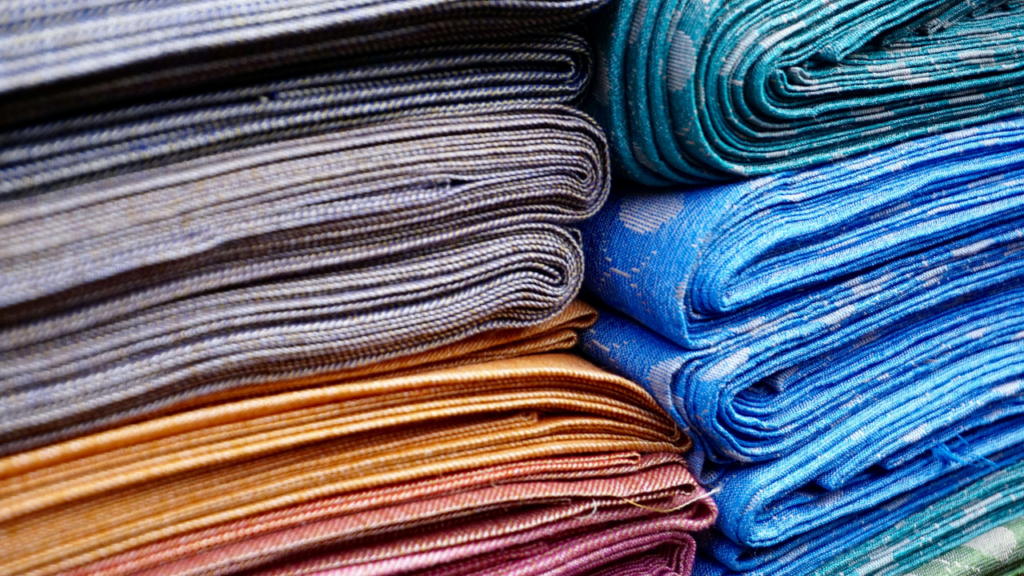
원천: CMYK
요약하면, 올바른 인쇄 방법을 선택하여, 고품질의 오래 지속되는 인쇄물을 달성 할 수 있습니다. 패브릭 인쇄기 승화 프린터, DTG 프린터, 그리고 DTF 프린터 다양한 유형의 직물에 디자인을 인쇄하기위한 독특한 장점을 제공합니다., ~와 같은 명주, 폴리에스테르, 그리고 면. 적절한 인쇄 방법은 직물 유형과 같은 요소에 따라 다릅니다., 설계 복잡성, 원하는 내구성 및 색상 생동감, 그리고 주문 수량.
그 동안에, 그러한 제품에 대한 관련 지식이나 경험을 더 깊이 이해하고 싶다면, 정보를 계속 탐색 할 수 있습니다디지털 섬유 프린터 제조업체에스.



























